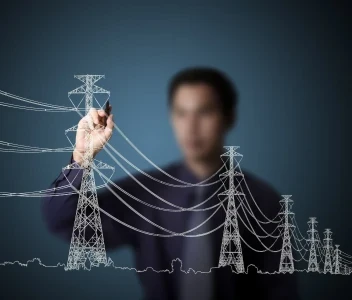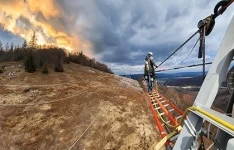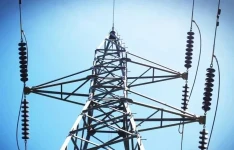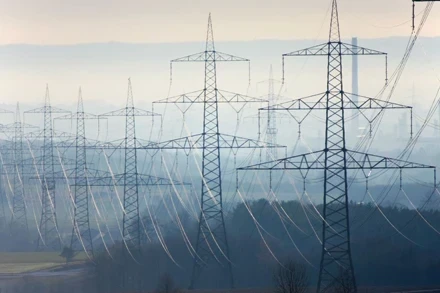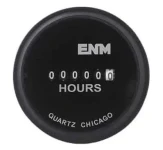DOE Grants $2.2B for Transmission and Storage Projects
In a landmark move aimed at accelerating the U.S. transition to a more resilient and sustainable energy grid, the Department of Energy (DOE) has announced a groundbreaking investment of $2.2 billion in innovative transmission and energy storage projects across 18 states. This significant funding...


